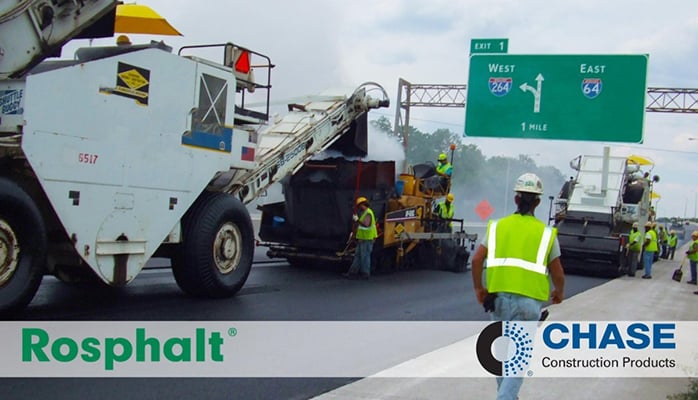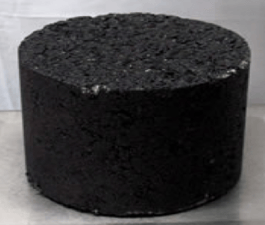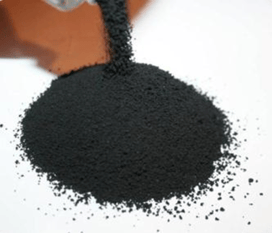Polymer additives are frequently incorporated into asphalt mix designs to improve specific...
Elements of a Job Mix Formula

One of the critical elements in a successful paving project is the asphalt mix design. Another term for mix design is the “job mix formula” or “JMF”. The two main components in hot mix asphalt are mineral aggregate and the liquid asphalt binder. To develop a successful JMF, an aggregate type, typically determined by the area geology, along with an asphalt binder type are required. This is accomplished by reviewing the available aggregates and their gradations (the size, structure and distribution of the stone), selecting the applicable aggregate profile and combining the selected aggregate with the calculated ratio of asphalt binder.
The aggregate gradation is a key element in the JMF. The selected aggregate is prepared and passed through a series of sieves that are placed on top of each other in decreasing size. As the aggregate is shaken, it passes through the series of sieves to determine its’ nominal size. The gradation of the aggregate will be a major factor in determining the thickness of the asphalt pavement, known as the lift thickness. The blended aggregate should lie within the general requirements of MS-2, published by the Asphalt Institute.
The key factor in the design of a JMF is the relationship of density and voids in the asphalt mix. There are two density values taken and used to formulate a mix formula: bulk specific gravity (Gmb) and theoretical maximum specific gravity (Gmm). Once the Gmm value is established, using an industry accepted standard procedure, the volumetric parameters can be calculated from this value for the JMF.
A well designed, effective job mix formula (JMF) will ensure the asphalt wearing course will have the following properties:
- Flexural Fatigue Resistance
- Moisture Impermeability
- Rut and Shove Resistance
- Low Temperature Cracking Resistance
- A High Coefficient of Dynamic Friction
There are two primary methods utilized to achieve the best combination of asphalt binder and aggregate. These two methods are the Superpave and Marshall Methods.
1. Mix design selection in the Superpave Method focuses on three elements:
The Performance Grade (PG) asphalt binder classification system, a volumetric analysis of the potential aggregates and mix analysis and performance. Superpave also includes climate factors and traffic loading into the selection process. In all, there are seven steps in the design process.
For more on the Superpave Method, a thorough explanation and analysis of the Superpave Method can be found in the Asphalt Institute’s Publication, MS-2 Asphalt Mix Design Methods 7th Edition 2014. Asphalt Institute. Lexington, KY

Figure 2. Typical Asphalt Test Core
2. The Marshall Method, under ASTM D6927-15, focuses more on target or “optimum” binder density. The target percentage of air voids in the mix formula should be equal to or less than (4%) four percent under the Marshall Method. Further, there are stability and flow requirements that should be achieved. The design process has three basic selections to be made and several supporting steps.
Questions or further information
Mix density is a critical element in the long-term performance of any asphalt wearing course. There are a number of additives on the market used to modify liquid binders. Chase Corporation’s Rosphalt additive is a dry polymer that modifies an individual asphalt mix at the plant as opposed to the more typical addition of a liquid additive introduced to the binder at a terminal. A Rosphalt 50-modified asphalt mix delivers optimum wearing course properties indicated above. Because Rosphalt, as a dry polymer, is added to individual asphalt mixes, tank storage and maintenance of the residual polymer liquid is not required.

Figure 3. Rosphalt 50
For more on Rosphalt products and what it can do for your next pave project, visit the Chase website at www.chasecorp.com/Rosphalt.




%20utilizing%20Chase%20Corporation%20thermoplastic%20polymer%20in%20asphalt%20mix.jpg?height=200&name=Photo%20of%20Mario%20Cuomo%20Bridge%20(NY)%20utilizing%20Chase%20Corporation%20thermoplastic%20polymer%20in%20asphalt%20mix.jpg)

